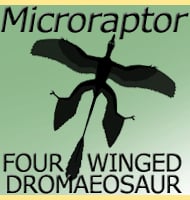Ningyuansaurus
In Depth At the time of its description, Ningyuansaurus is considered to be one of the earliest known oviraptosaurs to appear on the Mesozoic landscape. So primitive is Ningyuansaurus, that the skull it proportionately longer than later oviraptosaurs, and still contains teeth, ten in the upper jaw (four premaxilla, six maxilla), and at least fourteen … Read more
